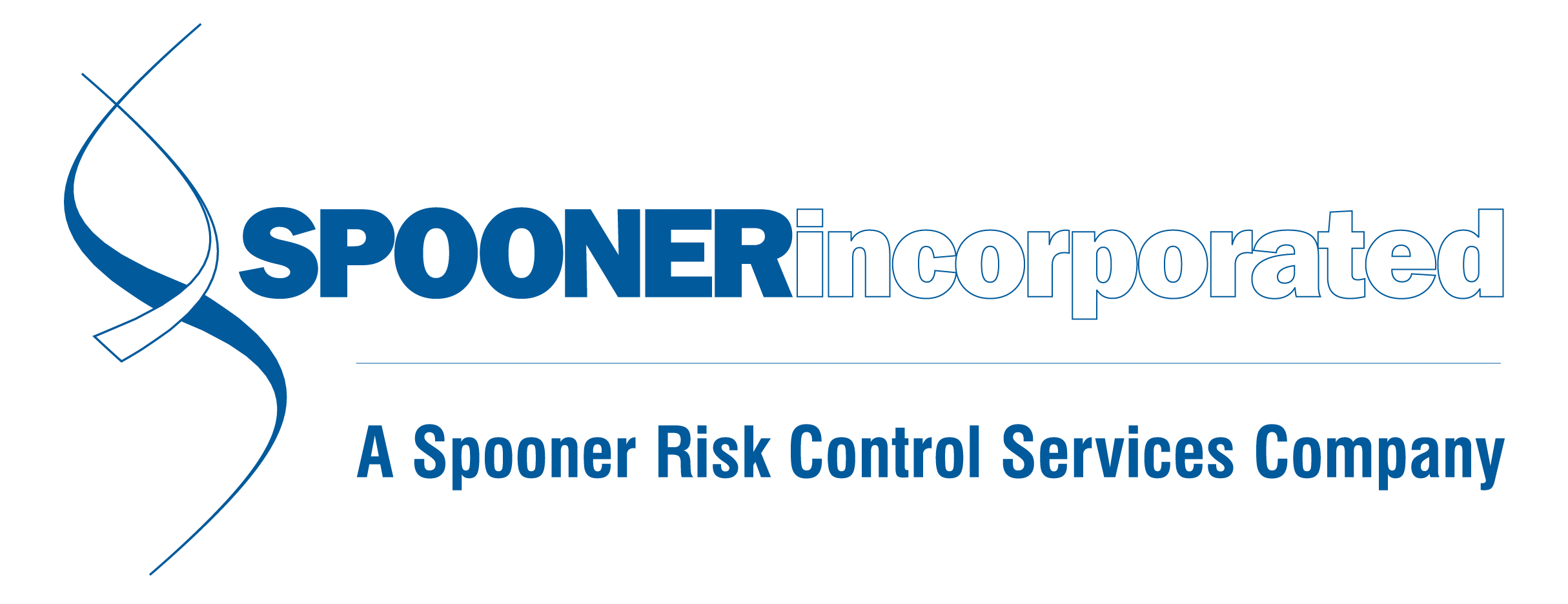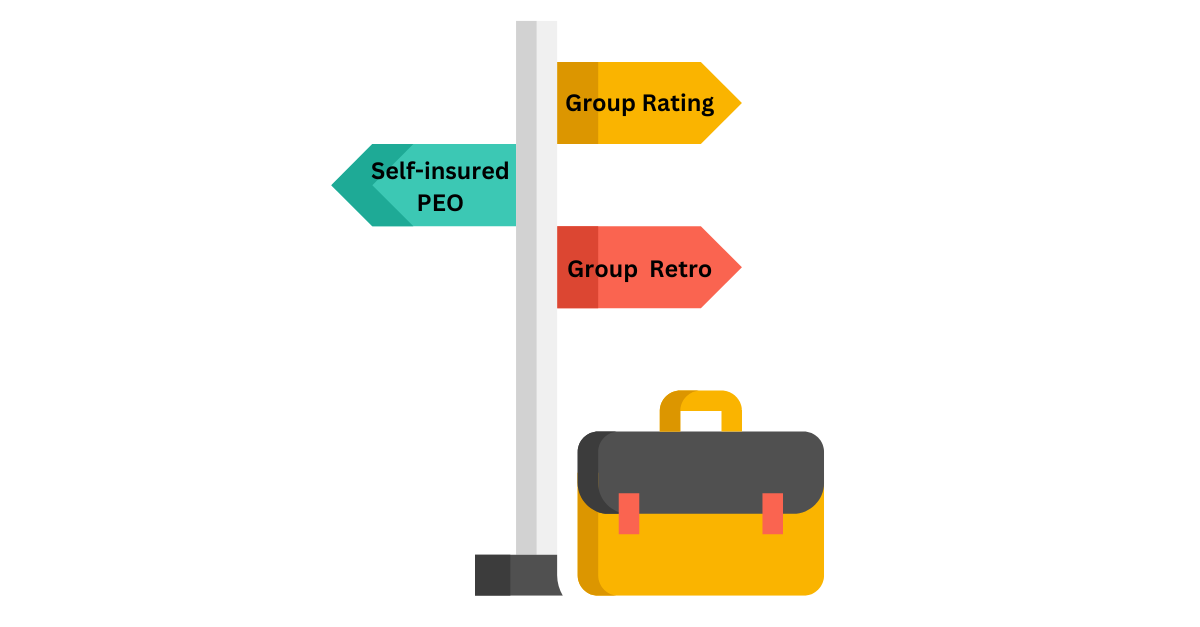News and Updates
Month: July 2023
OSHA's Aggressive Stance Continues
Things aren't slowing down at OSHA. If you feel like they've been mentioned in the news a lot lately, that's because they're keeping very busy. Workplace safety enforcement has added significant manpower and has been much more active than in previous years. Inspections have increased in number, as well as in breadth and depth, which is why it’s a great time to give your company a safety tune-up. There have been plenty of other regulatory distractions for management teams in 2023, which may have led to a reduction in attention to detail with required safety compliance programs. Pair that with the current OSHA administrator's aggressive background as the chief of Cal-OSHA, and your company should have a renewed desire to review OSHA compliance matters. This should include all of your written programs, as well as sub-elements under those programs. When is the last time you updated your health & safety written programs? When is the last time you checked to ensure all of your training is up to date and documented? When is the last time you completed a safety walk-through of your facility, with corrective action taken for any identified discrepancies? What are your compliance weaknesses? (Maybe you're not even sure) What are the underlying safety deficiencies contributing to your workplace injuries, leaving you vulnerable to OSHA penalties, and what are you doing to correct those issues? These a
Updates to OSHA Recordkeeping & Reporting
Beginning January 1, 2024, OSHA will require employers in certain high-hazard industries with over 100 employees to submit data from Forms 300 and 301 in addition to their 300A by March 2 each year. For those not familiar, Form 300 is a log of work-related illnesses and injuries, and Form 301 is a corresponding form with incident reports that should match up with Form 300. OSHA will also be updating NAICS codes used in Appendix A, which lists the industries required to submit Form 300A. They’ll also be adding an Appendix B, which will state the industries required to now submit Forms 300 and 301. OSHA administrator Doug Parker stated in a press release that this is a big step in helping the administration understand the safety and health problems that workers face. He noted that OSHA will use the data for “interventions involving strategic outreach and enforcement to reduce injuries and illnesses in these high-hazard industries.” If you have questions or concerns about OSHA reporting, or your organization’s safety policies and procedures, please contact Spooner’s safety team at
What Does DOT's Ruling on Oral Fluid Drug Testing Mean for Your Business?
In May, the U.S. Department of Transportation (DOT) issued a final rule allowing oral fluid testing for employers and employees under their purview. This applies to any commercial vehicle operator, including many passenger vehicles, hazardous material transport, and vehicles with a gross weight over 10,001 pounds. DOT’s rules have long been viewed as the gold standard for the employment-related drug testing industry as a whole. Historically, DOT’s testing standard has been a 5-panel screening based on a split urine sample and laboratory analysis performed in a lab certified by the Substance Abuse and Mental Health Services Administration (SAMHSA). Oral fluid (saliva) testing could ease some of the burden and complications of drug testing for employers. Saliva screens are known to be more convenient and accessible, more cost-effective, have fewer issues with tampering, and provide faster results. Although the new rule went into effect on June 1, 2023, several things need to be in place before this becomes a reality. The Department of Health and Human Services (HHS) must certify at least two laboratories to perform this type of testing, and that may not happen until later this year, or even early 2024. It’s also important to note that DOT-regulated employers are not required to switch to oral fluid testing, but they will have the option to do so. While saliva-based drug screens have plenty of advantages, they do have a different detection window than urine d
It's True Up Time Again!
BWC’s True Up window began on July 1, 2023 and will run through August 15, 2023. This is a process required by Ohio BWC at the end of each policy year, where your premiums based on projected payroll for the previous policy year are balanced with premiums based on your actual payroll over the past year. Compliance with both the reporting and payment of any balances affects your company’s eligibility for most savings programs (like Group and Group Retro). If your actual payroll was higher than projected, you’ll be expected to pay that balance to Ohio BWC no later than August 15th. If you are unable to pay the lump sum at that time, please note that any future premium installments will first be applied to your delinquent True Up Balance before being applied to your premium installments. Payment plans for True Up balances are only available through the Ohio Attorney General’s office following an application process. If this year’s True Up caught you by surprise, next year consider running a mock report in May or June to help your company prepare for any balance that may be owed. The payroll classifications and totals reported this summer will be used to determine your 2024 policy year premiums. For the 2023 policy year that just began, BWC will be using payroll projections based on your True Up from July 2022. Adjustments to your estimated payroll can also be made throughout the year by contacting BWC at 1-800-644-6292. Spooner clients are
Safety Council Rebate Program Enrollment for the 2023 PY
Along with the new Ohio BWC policy year beginning on July 1, 2023 – one of their most beneficial programs will be increasing in ROI for employers. Participating in a local safety council is beneficial not just for the savings – but also the education, networking, and locating resources to aide your internal safety programs. Ohio businesses have until July 31, 2023 to sign on for the 2023-24 program. Your company can earn a 3% rebate (not to exceed $5000) on 2023-24 policy year premiums by attending 10 in-person safety council meetings. At least eight (8) of these must be attended through the safety council you’re enrolled with, and up to two (2) credits can be earned through attending BWC-sponsored in-person or virtual events, or in-person training from external sources like your TPA or trade organizations and Chambers of Commerce. Remember – in order to get the 3% rebate, your policy premiums must be current and your most recent True-Up should have been completed on time. This rebate program can be combined with Group Rating, Group Retro and virtually any other BWC program your company participates in. For more information on the Safety Council Program, reach out to us at 440-249-5260 or check out this page on
Choosing the Best Workers' Comp Partner for Your Business
Even though the 2023 BWC policy year just started, we’re already looking ahead to 2024 Group Rating and Group Retro programs. It can be hard to feel like a savvy buyer when it comes to workers’ comp in Ohio, but Spooner would like to share some pointers for how to understand the timeline and choose the best partner. If you’re thinking of changing your partner for Group Rating or Group Retro, be sure not to complete the renewal that your current TPA sends this summer. Most employers don’t realize that cutting a check for a renewal in summer of 2023 will obligate them to their current TPA through June of 2025. Make sure your accounting team is aware of this, too. We’ve seen too many unhappy customers of other TPAs get trapped this way. Are you under the impression that because you’re a member of XYZ Chamber of Commerce, you have to utilize their partner for workers’ comp programs? Not the case. The sponsoring organization frames it that way because there’s money on the table. For example, if you are an XYZ Chamber member (who happens to be partnered with a specific TPA) and you want to leave that TPA, XYZ Chamber makes less money. Naturally, they want you to stay with their TPA and may even advise you can’t get that discount outside of their partnership. This is patently false. Most TPAs have access to all of the same Group Rating and Group Retro programs for all industries, and the sponsoring orga




